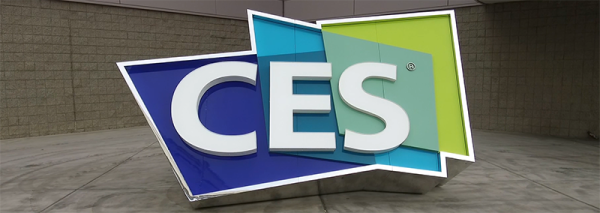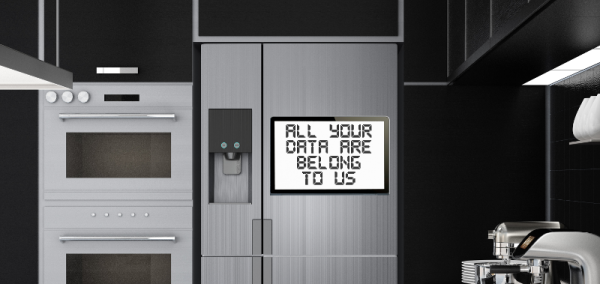Our Hackaday readership represent a huge breadth of engineering experience and knowledge, and we get a significant number of our story tips from you. For instance, today we are indebted to [sonofthunderboanerges] for delivering us a tip in the comment stream of one of our posts, detailing an antenna created by coupling RF into a jet of sea water created with a pump. It’s a few years old so we’re presenting it as an object of interest rather than as a news story, but it remains a no less fascinating project for that.
The antenna relies on the conductivity of sea water to view a jet of water as simply another conductor to which RF can be coupled. The jet is simply adjusted by altering the flow rate until it is a quarter wavelength long at the desired frequency, at which point it is a good analogue of a metal whip antenna. The RF is coupled at the base by a ferrite cored transformer that clips around the nozzle ejecting the water, and a bandwidth from 2MHz to 400MHz is claimed. If you work with RF you will probably wince at the sight of salt water coming near the RF connector, as we did.
The advantage of the system is that it allows antennas of multiple frequencies to be created at very short notice and using very little space or weight when not in use. The creator of the antenna at the US Navy’s SPAWAR technology organization points to its obvious application on Navy warships. Whether or not the sailors are using these antennas now isn’t clear, but one thing’s for certain, the idea hasn’t gone away. Early last year Popular Mechanics reported on a similar project under way courtesy of Mitsubishi, in Japan.
Continue reading “Pumping Up An Antenna From A Stream Of Sea Water”


















